Optimal Timing for Foundation Repairs
Foundation repairs are most effectively performed during specific times of the year when environmental conditions favor proper work and long-lasting results. Understanding the optimal timing can help ensure the durability of repairs and minimize potential complications caused by weather or soil conditions.
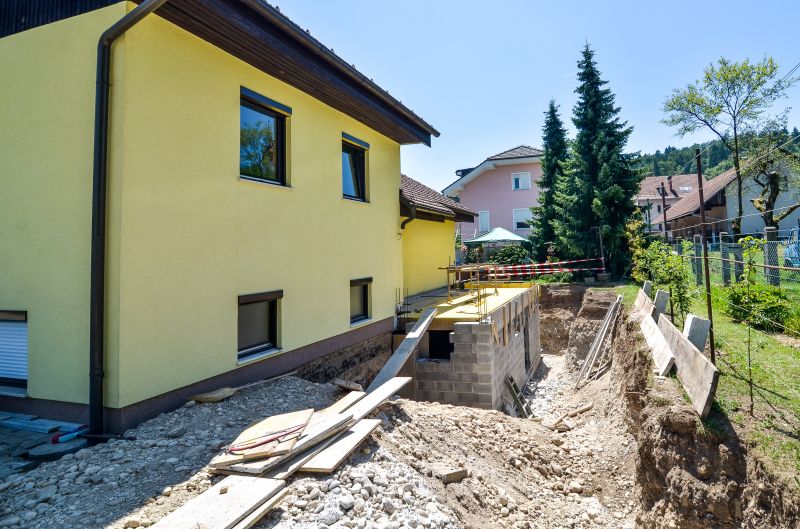
Spring offers moderate temperatures and soil moisture levels, making it suitable for foundation work.

Summer provides longer daylight hours, but high temperatures and dry soil can pose challenges.
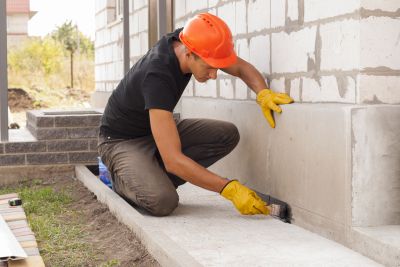
Fall's cooler weather and stable soil conditions often create ideal conditions for foundation repairs.
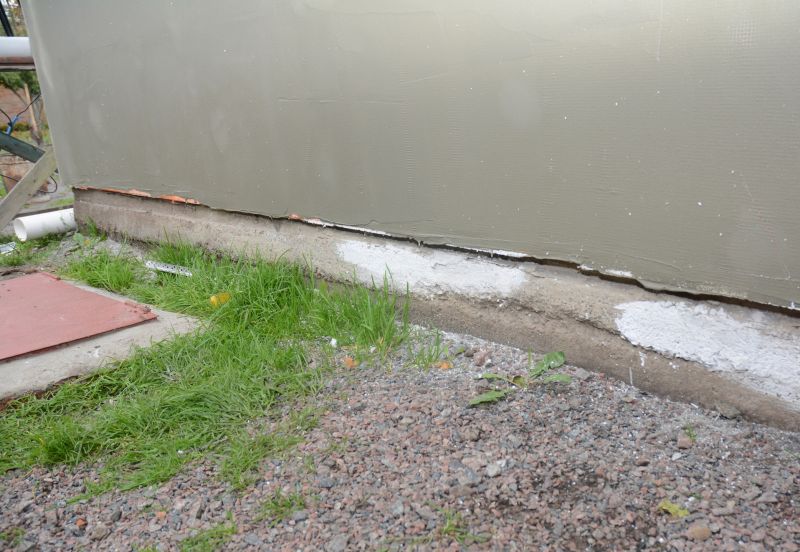
Ways to make Foundation Repairs work in tight or awkward layouts.

Popular materials for Foundation Repairs and why they hold up over time.

Simple add-ons that improve Foundation Repairs without blowing the budget.
Choosing the right season for foundation repairs depends on local climate conditions. In regions with distinct seasons, fall and spring typically provide the most favorable weather for excavation, stabilization, and other repair processes. During these times, soil movement is minimized, reducing the risk of further shifting after repairs are completed.
Moderate temperatures and stable soil conditions help ensure repair longevity.
Heavy rain or extreme heat can delay or complicate foundation work.
Spring and fall are generally preferred for foundation repairs due to favorable soil and weather conditions.
Local climate patterns influence the best timing for repairs in each region.
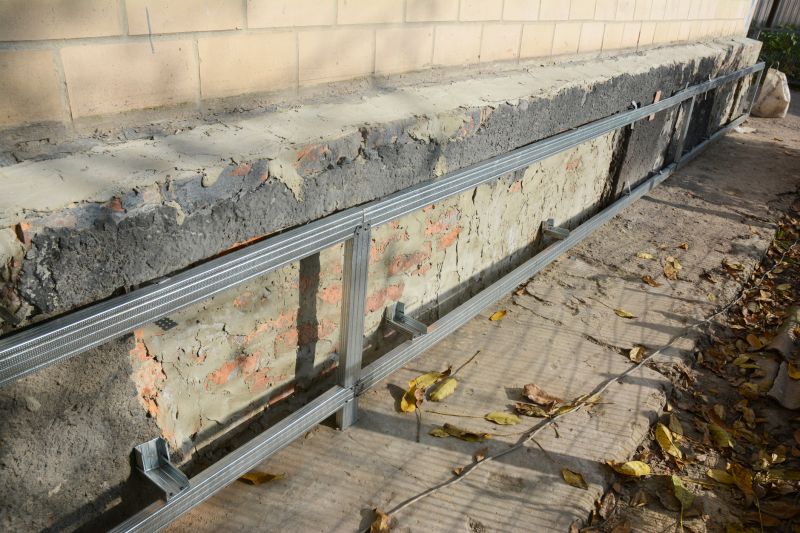
A crew stabilizing a foundation during favorable weather.
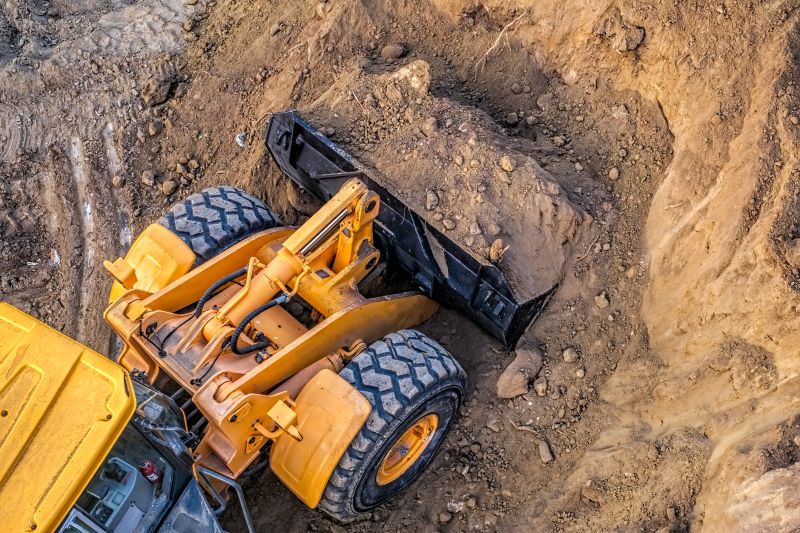
Tools used to prepare soil for foundation repairs.
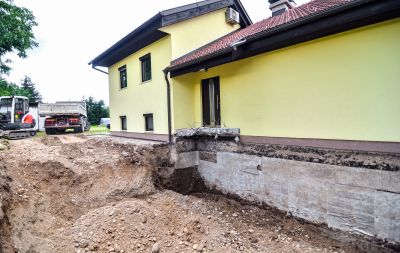
Removing damaged soil to access the foundation.
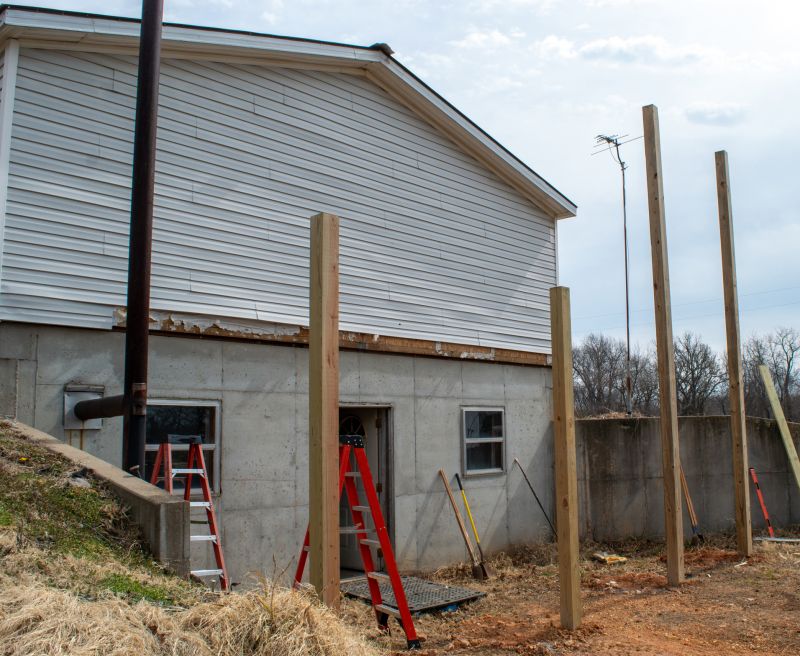
Foundation after repairs are finished, showing restored stability.
| Season | Advantages |
|---|---|
| Spring | Moderate weather, high soil moisture, ideal for excavation and stabilization. |
| Summer | Long daylight hours, but potential for high temperatures and dry soil. |
| Fall | Cooler temperatures and stable soil conditions, optimal for repairs. |
| Winter | Typically less favorable due to freezing temperatures and soil movement. |
Understanding seasonal variations and local climate patterns can assist in planning foundation repairs effectively. Proper timing reduces the risk of future shifting and enhances the longevity of the repair work. Consulting with a foundation specialist can provide guidance tailored to specific regional conditions.
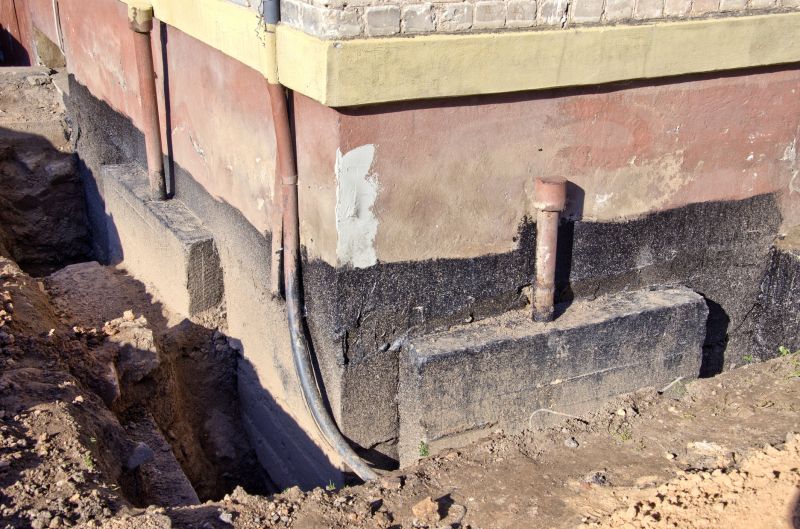
Assessing weather conditions to determine the best repair window.

Evaluating soil stability to inform repair timing.

Tools used during foundation repair projects.
Interested in foundation repairs? Filling out the contact form can provide access to professional assessments and tailored solutions to ensure foundation stability and long-term performance.





